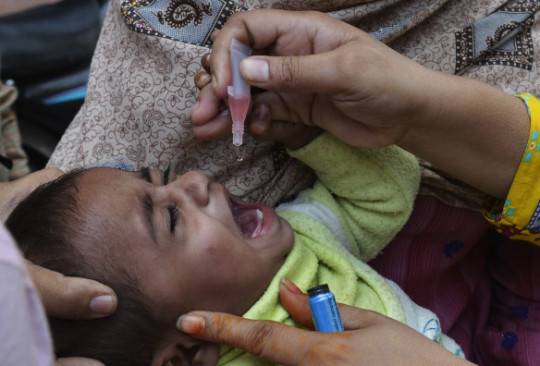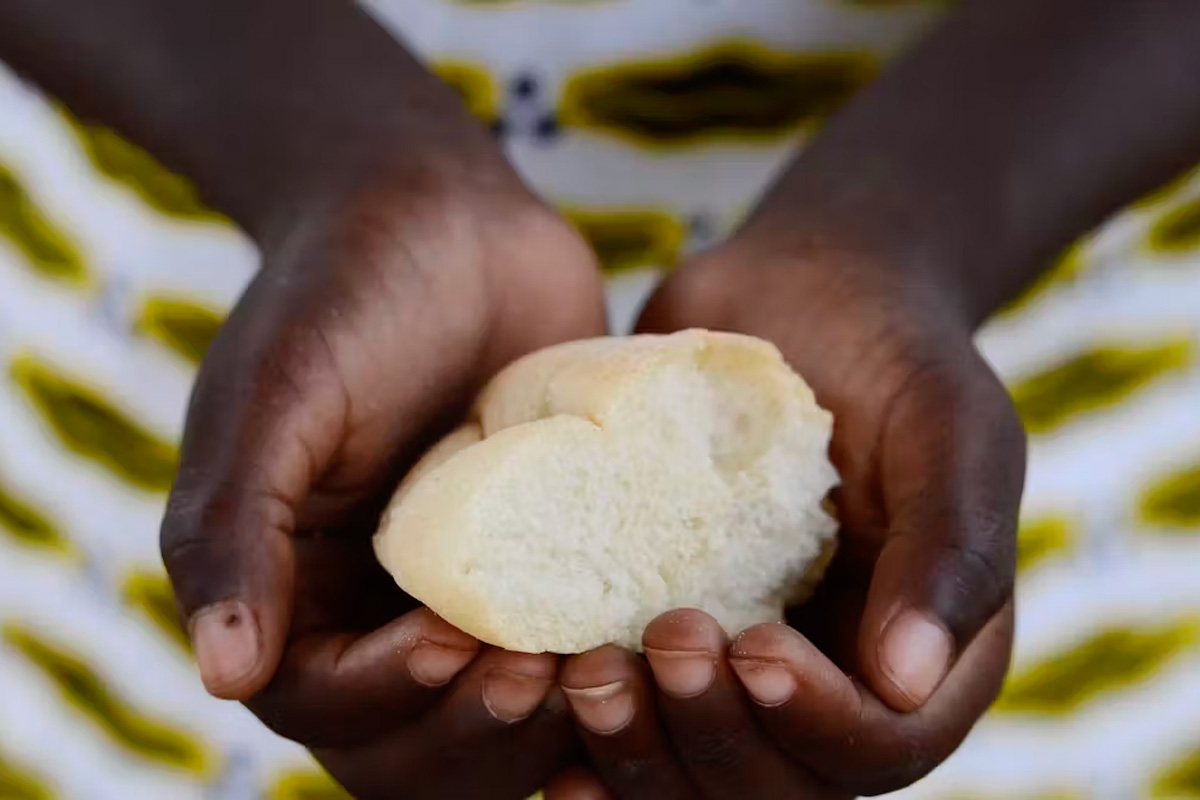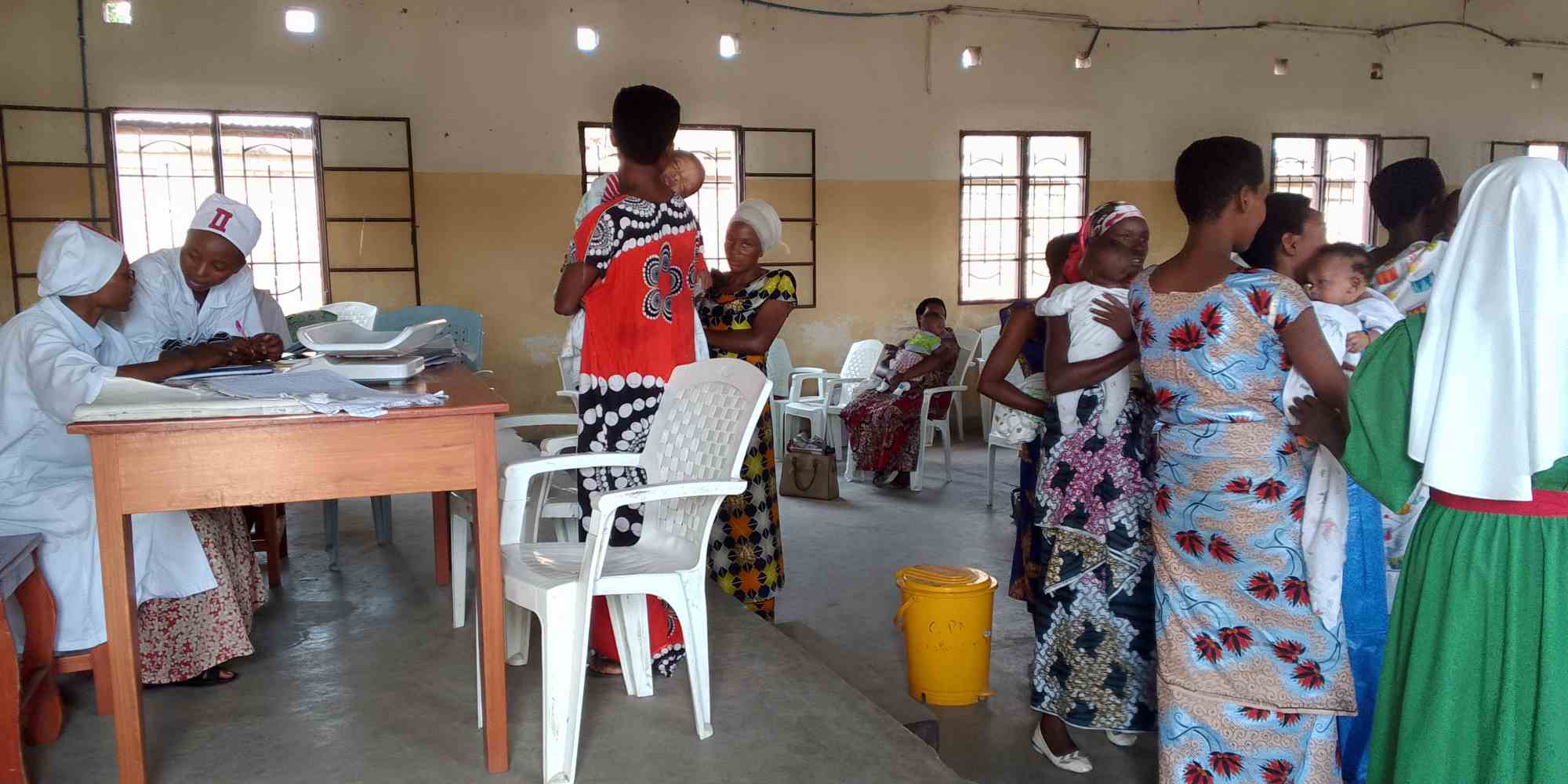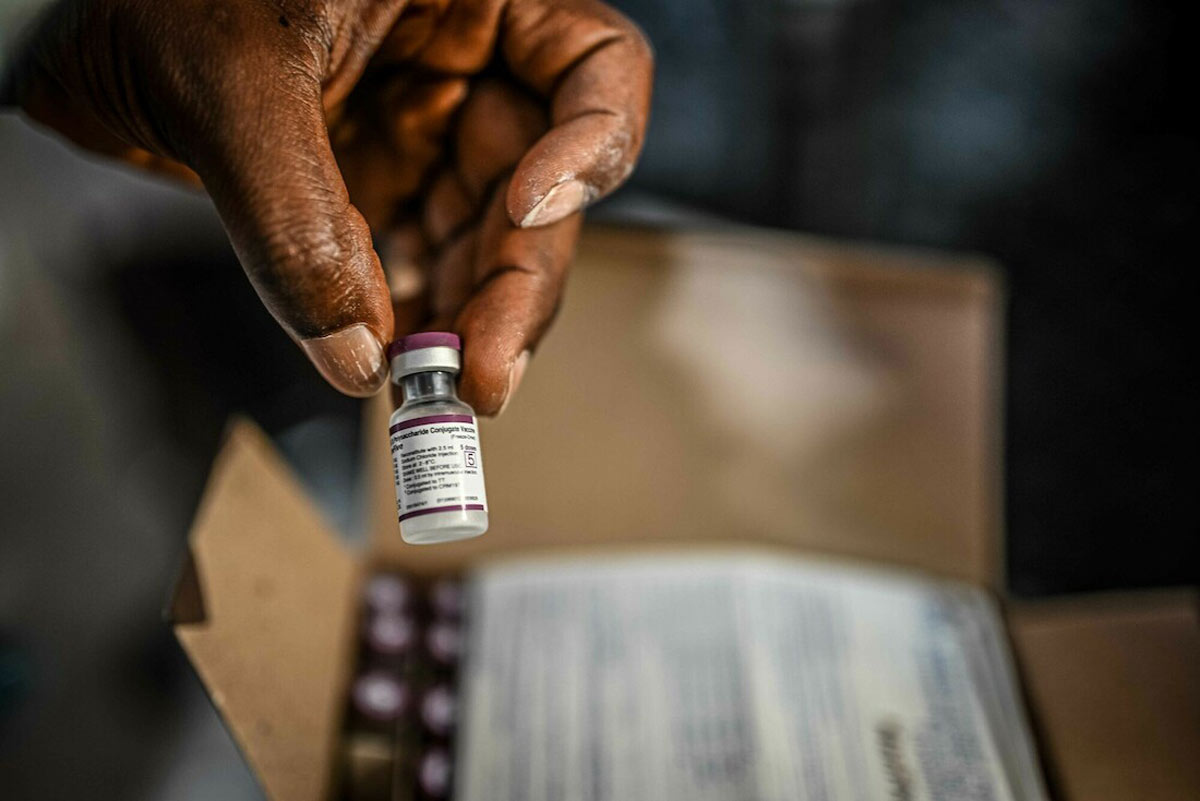Huma Khawar, freelance journalist and consultant for Vaccine Implementation Technical Advisory Consortium (VITAC).

The expression on his face changed as he spoke on the phone. The visitors sitting in his room could guess that news from the other end was not exactly pleasant for Dr Rafiq Ahmed, a District Officer Health in Rawalpindi. “Our polio team in UC 5, one of our high-risk areas, is facing resistance despite the police escort that we have provided them,” he shared after putting down the receiver.
“We have had very few refusals this year, hardly 300-400, as compared to 5,000 or more a few years ago. This is because this campaign is done after five months in high-risk areas as compared to an average of two in one month,” he said. “Frequent campaigns compromise quality,” he added, supporting a shift of focus to the quality of the campaign instead of quantity.
“It’s a pity that administering life-saving vaccines to children of your country can be such a dangerous job for which you have to risk your life,” says Samia Rasheed, who works as a lady health worker.
Rasheed was referring to the killings of polio workers in the country that has invoked a deep sense of insecurity among these front-line health workers, who face the brunt of attacks aimed at teams protecting children from the disease in high-risk polio districts. But the situation may be different now.

Last month, Pakistan introduced the inactivated polio vaccine, an injection given at 14 weeks that has been included in the country’s routine immunisation schedule and will be administered to children along with other life-saving vaccines.
Adding this vaccine to the routine schedule will help protect all populations most effectively against a possible polio re-emergence. It protects children against all three strains of the polio virus, and when used together with the oral polio vaccine, will further boost the child’s immunity.
Vaccinators and lady heath workers in the public health system have been trained to manage and administer the new vaccine. This training includes teaching field workers how to interact with parents, and address their concerns regarding the addition of an injection while the oral drops continue to be administered to their children.
Despite major challenges and remaining hurdles in some provinces, Pakistan is getting closer to polio eradication. There were 28 cases of polio in the first six months of this year compared to 94 in the same period, which means a 70% reduction in cases.
Pakistan and Afghanistan are the last two countries where polio remains endemic. Even Nigeria has been given a clean chit. However, Nigeria introduced the vaccine earlier this year and Afghanistan is due to begin using inactivated polio vaccine in the coming weeks. In fact, the Polio Eradication and Endgame Strategic Plan calls on countries to introduce one dose of the inactivated vaccine into routine schedules, to strengthen routine immunisation in general and to eventually withdraw the oral polio vaccine.

A lady health worker travels to vaccinate a rural community in Pakistan. Photo: Gavi/Asad Zaidi.
Achieving this is unlikely to be easy. Pakistan has the largest birth cohort (4.6 million) of all countries in the WHO Eastern Mediterranean region. Despite a slow decline in the past 10 years, its under-five mortality is still very high and immunisation coverage is low. The last Pakistan Demographic and Health Survey (PDHS 2012-13) showed that only half of all children are fully immunised, and that vaccination coverage varies considerably across geographic, social and cultural boundaries and even between genders, which is alarming.
But back on the ground, lady health worker Samia Rasheed is “very positive” that after nearly 30 years of polio eradication efforts, “we can say the end is in sight.” In 1988, the year the World Health Assembly resolved to eradicate polio, there were an estimated 350,000 polio cases globally. Last year, there were only 359.
Rasheed considers the main difficulty in introducing inactivated polio vaccine to be limited acceptance for giving three injections to a child in one visit, and not refusal. Dr Ahmed , the District Health Officer, agrees that the “last mile” will be the hardest.
To read the original version of this article, see Newsline’s November issue.






